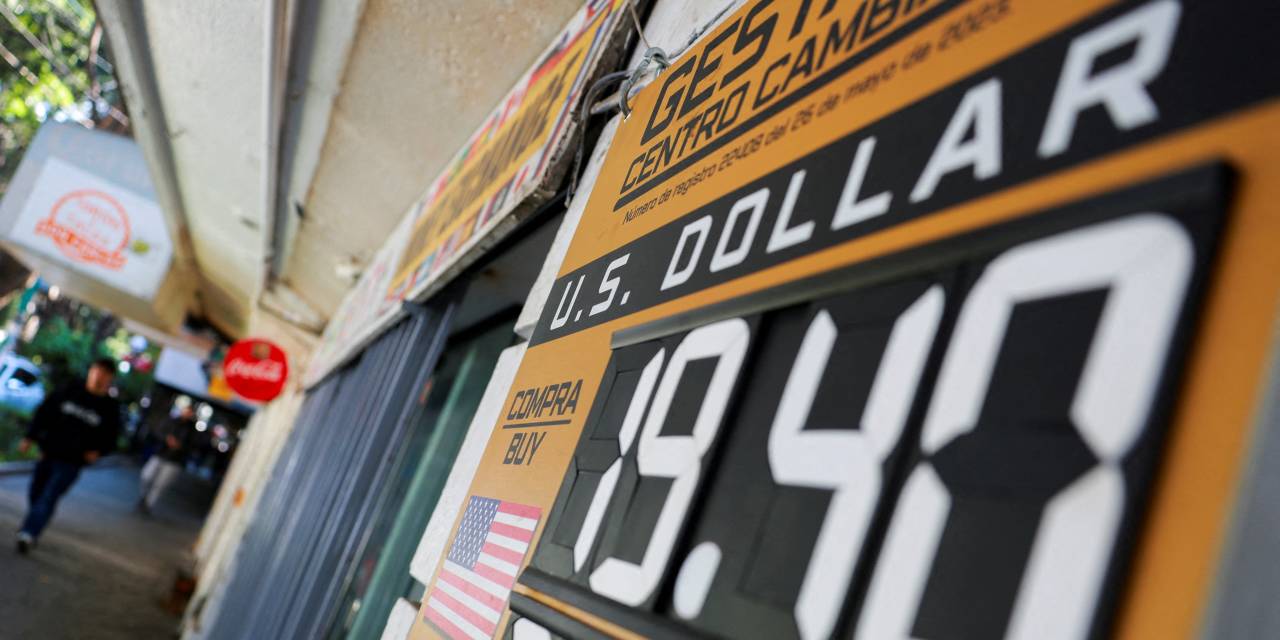TipRanks
5 min read
In This Article:
A dominant staple in the fast-casual restaurant space, Chipotle Mexican Grill (CMG) is off to a rough showing for the first half of the year. As TipRanks contributor Steve Anderson noted, there was a point where Chipotle seemingly could do no wrong, with CMG stock exploding higher amid a surge in diner traffic. Unfortunately, the tables have turned, resulting in conspicuous underperformance.
-
Easily unpack a company's performance with TipRanks' new KPI Data for smart investment decisions
-
Receive undervalued, market resilient stocks right to your inbox with TipRanks' Smart Value Newsletter
Since the start of the year, CMG stock has declined by more than 12%. Over the past 52 weeks, the security dropped 17%, reflecting a lack of sustainable momentum. At the core of the problem is the consumer market: as Anderson mentioned, people are pulling back on restaurant consumption of all types. Amid a challenging economic environment and, recently, uncertainty about geopolitical dynamics, exposure to CMG seems treacherous.
At the same time, it’s also fair to point out that much of the headwinds regarding consumer health have likely been priced into CMG stock. To assume that shares will continue to decline would imply that the market has yet to digest the entirety of the bearish argument. It’s a point that market participants can debate, but I don’t find this thesis convincing from a near-term empirical standpoint.
When analyzing CMG stock, I’m looking at it from a batter-pitcher matchup perspective, meaning that if you’re bullish on Chipotle, there’s an options trade that might be worth further investigation.
Under the traditional methodologies of market analysis — whether fundamental or technical — the practitioner attempts to color and contextualize the overall narrative. Fundamental analysts seek to identify misvalued enterprises; therefore, they focus on valuation ratios. Technical analysts attempt to identify mispriced stocks, which is why they’re trained to recognize patterns.
High Yield Savings Offers
Powered by Money.com - Yahoo may earn commission from the links above.However, a central issue that renders both methodologies mathematically or scientifically fragile is the non-stationarity problem. Essentially, the main measurement metric — whether that be price-earnings ratios or the share price — changes (often wildly) across time and context.
For example, it’s erroneous to complain that a hot tech growth stock is overvalued because its PE ratio stands at 50x earnings when, years before, it was trading at only 10x earnings. A significant amount of time and context have passed, rendering numbers such as “10 times” meaningless in relation to contemporary dynamics. Below is a table showing CMG’s P/E ratio since 2021.












